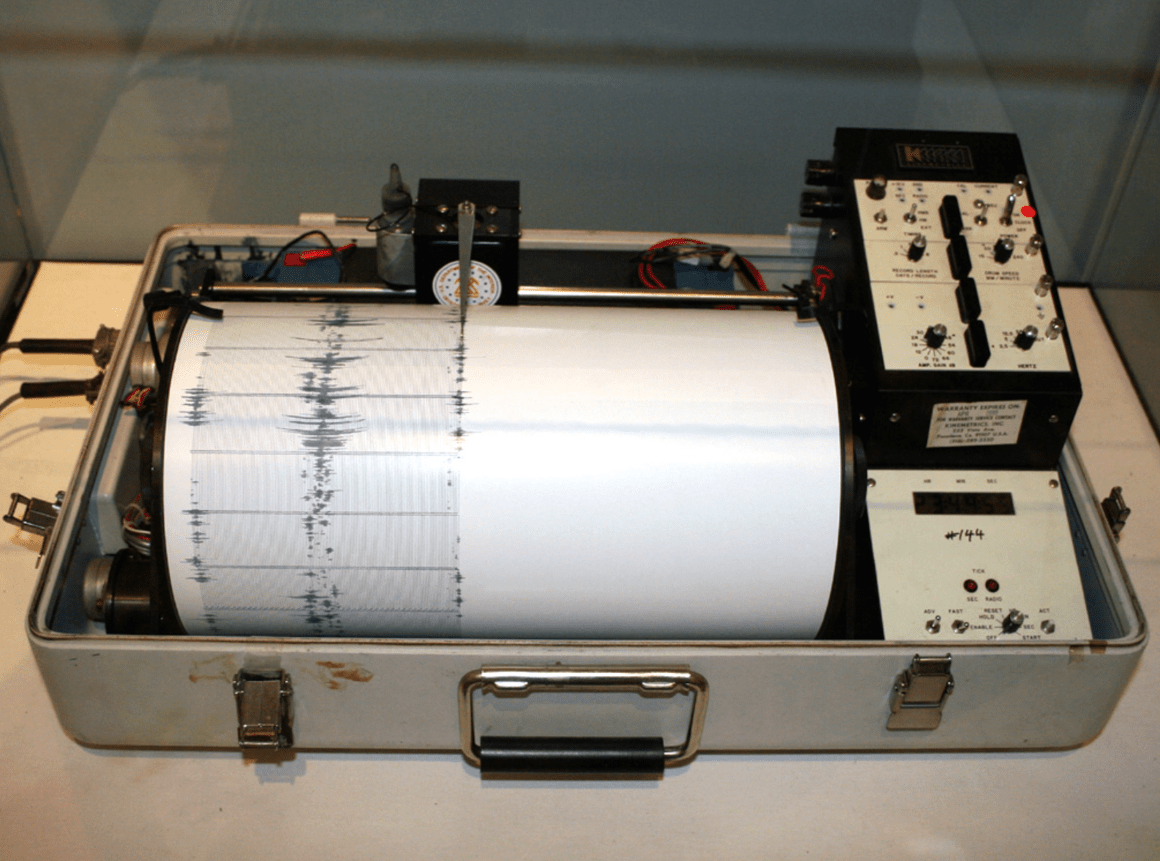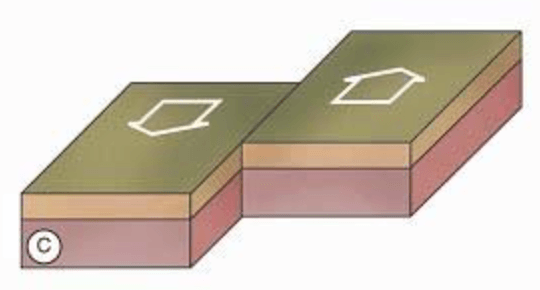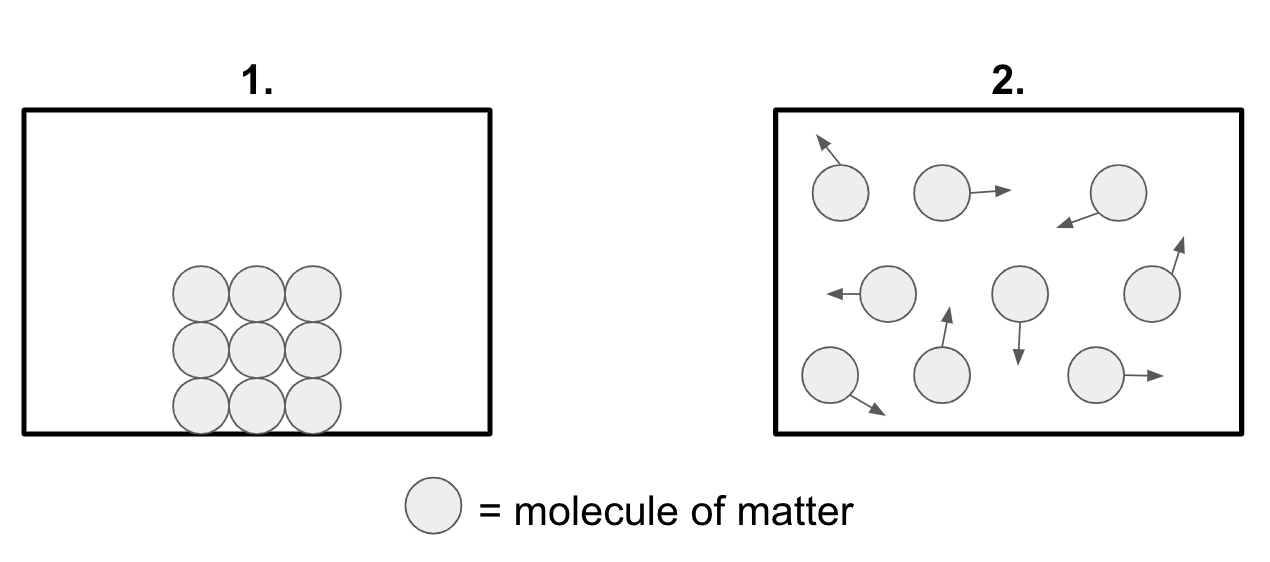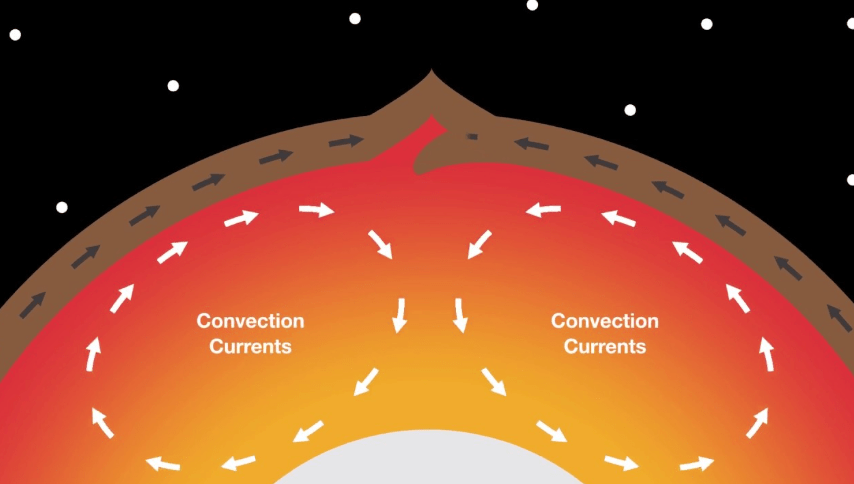What is the name of this sensor that detects seismic activity?

Seismometer
This is an example of a
Transform plate boundary
Less dense material _______________.
Rises
Which two plates are interacting off the northwest coast of North America and what type of plate boundary do they create?
Juan de Fuca Plate and North American Plate collide in a convergent subduction boundary.
What is the equation for density?
Density = Mass / Volume
Iceland is located directly on what type of plate boundary?
Divergent plate boundary
How do density, temperature, and pressure change as you go deeper into the Earth?
They all increase
Use plate tectonics to explain why the Earth does not get larger over time.
New crust is created at divergent boundaries at the same rate that old crust is destroyed at convergent boundaries.
This type of seismic wave travels fastest and arrives first.
P waves
As you move away from a Mid-Ocean ridge, the age of the crust becomes ____________.
Older
What is one piece of evidence that DISPROVES the claim that nuclear fusion is generating heat inside of Earth?
Does not happen in solid form
Lighter elements in gas or liquid form
Temperatures of at least 4 million degrees celsius
A suitable ion density is 4.9833887e-13 g/ml
What is applied to box 1 to achieve the results seen in box 2?

Heat
What evidence supports the claim that the outer core is liquid?
S waves do not travel through the outer core. S waves cannot travel through liquid.
Which hazards are associated with convergent subduction zones?
earthquakes, volcanoes, tsunamis
50% of the Earth's interior heat energy is left over from its formation. What process generates the other 50%?
Radioactive Decay
Determine the density of a material inside the Earth that has a mass of 11,200 grams per 1000 cubic centimeters of volume. Then, state which layer of the Earth this material comes from by using page 11 of your ESRT.
11.2 g/cm3
Outer Core
What property determines a material's settling depth?
Density
At what rate is the Antarctic Plate diverging from the Indian-Australian Plate?
7.4 cm/year
Which process drives plate movement as hot material rises and cool material sinks?
Convection
Draw a side view which includes:
- The motion of the Nazca Plate and South American Plate at the Peru-Chile Trench.
- The motion of convection cells that are driving that plate movement
